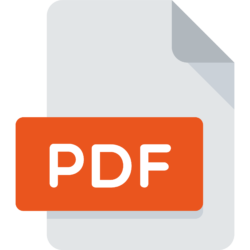CxD Checklist
Intro
Before you start building your conversational experience, it is important to consider. Will your digital assistant improve the user experience for your users or worsen it? Will it make users more productive or more frustrated? Conversational design doesn’t work for all use cases. It’s up to you to go through the checklist and decide if it’s right for your use case.
CUX Checklist
This CUX Checklist Template helps you assess if conversational design is a good fit for your use case. Follow the instructions in the checklist and go through the checklist with your team. , the more likely your conversational design is a good fit for your use case.
Does the user frequently perform this task?
Conversation can simplify repetitive tasks by letting users quickly and easily complete their task.
Do 80% of users do this task?
Do users do the task multiple times a day?
Can users complete their task with a simplified, efficient interaction flow?
Conversation offers a more efficient workflow by reducing the number of steps for users. User tasks are grouped into smaller, simpler tasks, that let users complete their task more.
Can users do the task within 3-5 turns (back-and-forth between digital assistant and user)?
If the tasks has more than 3-5 turns, can you break it down to smaller, simpler tasks?
Does conversation reduce user effort?
Can conversation help users find what they need on their own?
Can you clearly identify the user goal and create a direct, and clear start and finish for the task?
Can you reduce the navigation to various information into a single experience?
Conversation minimizes context switching costs from users to keep them focused on their task.
Does conversation reduce user effort?
Can conversation help users find what they need on their own?
Can you clearly identify the user goal and create a direct, and clear start and finish for the task?
Can users complete their tasks in a flexible order that’s natural to them?
Conversation lets users to complete tasks in a natural way. Users are in control by taking the conversation in whatever direction they want. The digital assistant simply adapts to user preferences and reduces redundancy.
Can the user pause the conversation and continue it later?
Can you give users options to backtrack, jump ahead, or combine steps in the conversation flow?
Does the user know their progress and where they are in the conversation?





